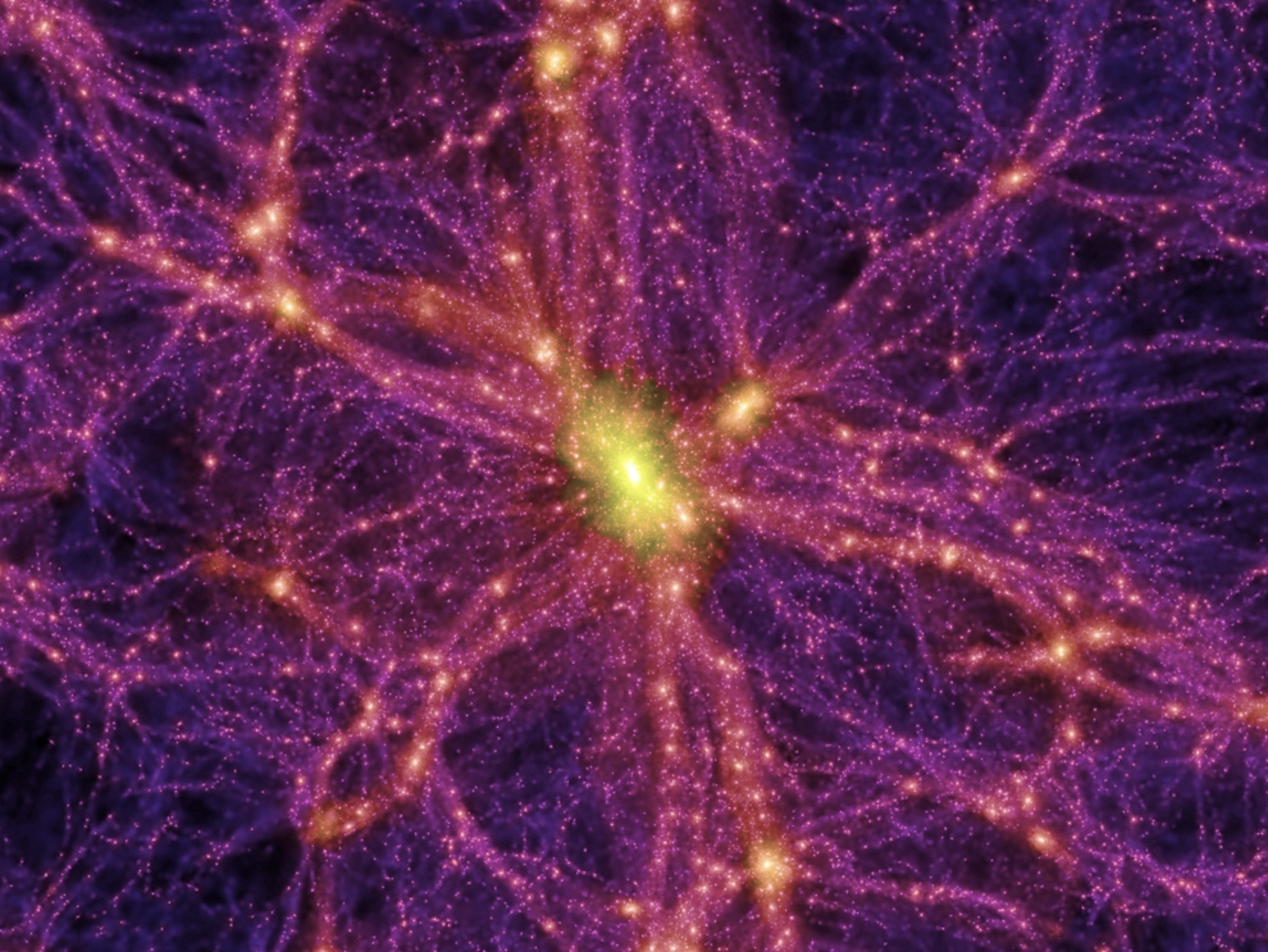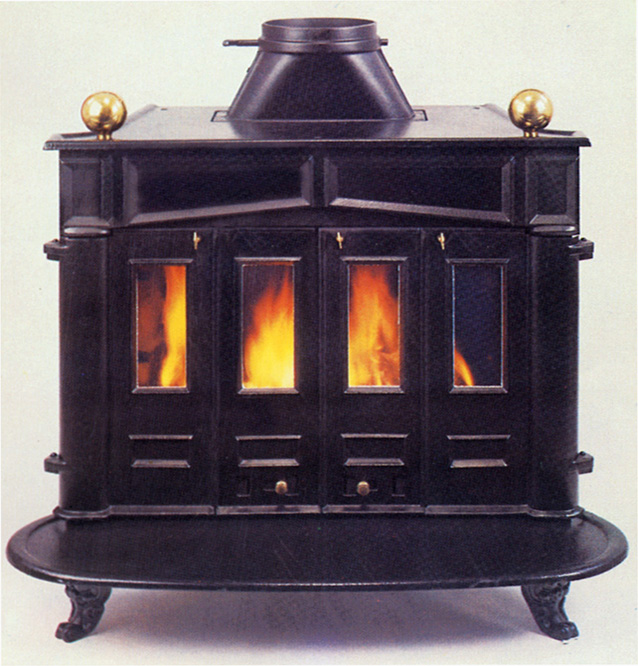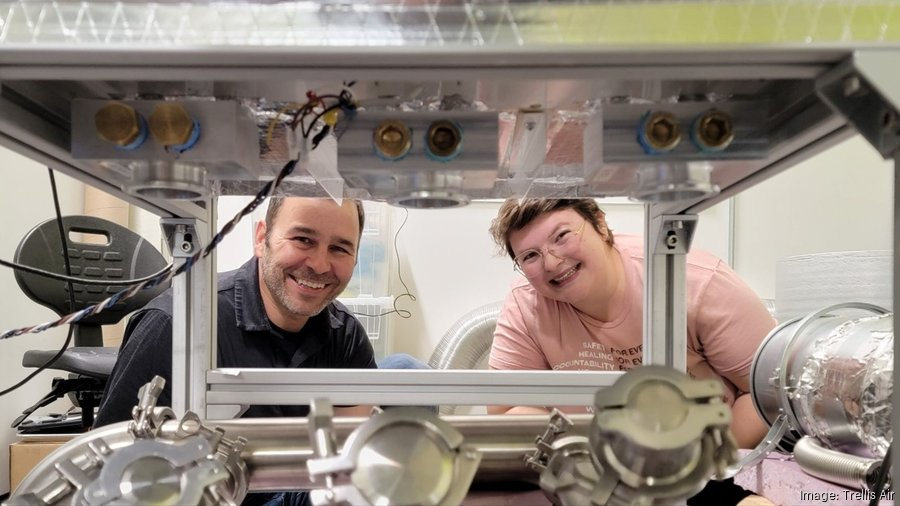The emergence of the topological qubit represents a groundbreaking advancement in the field of quantum computing, promising unparalleled stability and reliability for future quantum systems. Developed by Microsoft under the leadership of Chetan Nayak, this novel qubit design leverages unique properties of materials such as indium arsenide and aluminum to create a more robust platform for ultrafast quantum computers. With its potential for enhanced quantum error correction, the topological qubit addresses key challenges that have plagued previous qubit designs, making it a pivotal element in the pursuit of fault-tolerant quantum technology. As researchers like Nayak work tirelessly to unlock the full capabilities of this new qubit, the implications for various applications—including advanced simulations and complex problem-solving—are vast and exciting. As Microsoft continues its innovation journey, the topological qubit stands to redefine the boundaries of what we can achieve with quantum computing.
Often referred to as a new kind of quantum bit, the topological qubit embodies the next wave in the evolution of quantum technology. This next-generation qubit is designed to maintain its delicate quantum state longer, which is crucial for building a more effective quantum computer. The developments surrounding this qubit are not only a testament to advancements in materials science but also signify important strides in addressing quantum error correction issues that have historically limited computation speeds. Experts like Chetan Nayak at Microsoft are at the forefront of this research, aiming to facilitate a new era of ultrafast quantum computing solutions. As we explore further into the nature of these advanced qubits, we may unlock unprecedented computational power essential for solving some of the world’s most complex challenges.
Understanding Topological Qubits in Quantum Computing
Topological qubits represent a groundbreaking development in quantum computing, as they are designed to be significantly more stable and robust than traditional qubits. Unlike classical bits, which exist in a binary state of either 0 or 1, qubits can exist in a superposition, opening up new horizons for computational power. The underlying principle lies in their unique mathematical structure, which is less susceptible to environmental noise and errors. This is paramount in the quest for creating reliable ultrafast quantum computers, which promise to tackle problems that are currently insurmountable by classical computing systems.
The design of topological qubits, particularly as pioneered by Microsoft and researchers such as Chetan Nayak, seeks to enhance quantum error correction at the hardware level. By maintaining the integrity of quantum states, these qubits could revolutionize how quantum computers are constructed and understood. The potential for topological qubits to operate at a larger scale, aiming for a million-qubit computer, underscores their critical role in the future of quantum technology, aligning with initiatives in quantum error correction and broadening the horizons for quantum applications.
Frequently Asked Questions
What is a topological qubit and how does it enhance quantum computing?
A topological qubit is a novel type of qubit designed to improve the stability and reliability of quantum computations. By utilizing the principles of topology, this qubit can maintain its quantum state better than traditional qubits, reducing the effects of noise and decoherence. Microsoft claims that this advancement can accelerate the development of ultrafast quantum computers capable of solving complex problems more efficiently than conventional supercomputers.
How does Microsoft’s topological qubit differ from conventional quantum qubits?
Microsoft’s topological qubit differs from conventional quantum qubits in its robustness to errors and stability. While traditional qubits are highly susceptible to environmental disturbances and can lose their quantum states quickly, topological qubits are designed to resist these errors due to their unique topological properties, which allows for better quantum error correction and improved performance in quantum computing applications.
What role does Chetan Nayak play in the development of topological qubits?
Chetan Nayak is a key figure in the development of topological qubits, serving as a Microsoft technical fellow and a professor at the University of California, Santa Barbara. His leadership and research over nearly two decades have been instrumental in advancing the technology behind topological qubits, paving the way for breakthroughs in ultrafast quantum computing and enhancing our understanding of quantum mechanics.
Why are topological qubits important for quantum error correction?
Topological qubits are important for quantum error correction because they can encode information in a way that makes it more resilient to errors. By utilizing their topological properties, these qubits can offer intrinsic error-correcting capabilities, meaning that the information they hold is less likely to be disrupted by external factors. This stability is crucial for building fault-tolerant quantum computers that can perform reliable computations over longer periods.
What are the potential applications of ultrafast quantum computers powered by topological qubits?
Ultrafast quantum computers powered by topological qubits have potential applications in various fields, including materials science, drug discovery, optimization problems, and complex systems simulations. They promise to solve problems that are currently intractable for classical computers, such as simulating high-temperature superconductors or catalyzing chemical reactions essential for fertilizers and environmental solutions.
How close is Microsoft to achieving a million-qubit quantum computer using topological qubits?
Microsoft has set a roadmap aiming for a million-qubit quantum computer utilizing its topological qubit technology. While currently demonstrating only a handful of qubits, the company’s collaboration with DARPA and ongoing advancements suggest steady progress. Their goal is to develop larger systems that can address significant scientific and computational challenges within an ambitious timeframe.
What scientific hurdles have researchers faced in developing topological qubits?
Researchers developing topological qubits have faced several scientific hurdles, including identifying suitable materials that combine the properties of superconductors and semiconductors without introducing defects. Additionally, they have required a deep understanding of quantum mechanics and the ability to simulate complex quantum states effectively. These challenges echo the early days of semiconductor development and necessitate innovations in material science and quantum theory.
When can we expect to see practical implementations of topological qubits in commercial quantum computers?
While exact timelines are difficult to predict, Microsoft is actively working towards practical implementations of topological qubits, with future publications detailing their roadmap. As they progress towards larger and more stable qubit systems, we may see preliminary commercial applications within the next few years, eventually leading to more advanced quantum computing capabilities.
What impact could topological qubits have on the field of quantum computing?
The introduction of topological qubits could revolutionize the field of quantum computing by providing a more stable and robust foundation for qubit design. This advancement could lead to significant improvements in quantum error correction, extending the operational lifespan of quantum states and enhancing the overall performance of quantum computers, thus making complex problem-solving more practical and achievable.
How does Microsoft’s topological qubit relate to the concept of quantum superposition?
Microsoft’s topological qubit takes advantage of quantum superposition, enabling the qubit to represent multiple states simultaneously, similar to traditional qubits. However, its unique design aims to maintain this superposition for longer periods, improving the fidelity and reliability of quantum computations. This stability is crucial for realizing the full potential of quantum computing in various applications.
| Key Point | Description |
|---|---|
| Chetan Nayak and Microsoft | Chetan Nayak, a Microsoft technical fellow and professor at UCSB, leads the team behind the topological qubit development. |
| What is a Topological Qubit? | A topological qubit is designed to be more stable and robust, minimizing the error correction needed at the hardware level. |
| Comparison with Classical Qubits | Unlike classical bits which are either 0 or 1, qubits benefit from superposition, allowing them to exist in multiple states simultaneously. |
| Applications of Quantum Computing | Quantum computers can address complex problems in chemistry and materials science, which traditional supercomputers struggle to solve. |
| Material Requirements | Topological qubits are based on indium arsenide and aluminum, requiring specific properties to achieve stability without impurities. |
| Future Goals | Microsoft aims to develop a scalable, million-qubit quantum computer that would revolutionize problem-solving in various fields. |
| Hurdles in Development | The development process involved significant challenges similar to early semiconductor research, requiring foundational understanding and custom simulations. |
| Response to Skepticism | Skepticism is part of scientific progress, and Microsoft is proactive in sharing findings with the community for transparency and validation. |
Summary
Topological qubits represent a groundbreaking advancement in quantum computing, offering enhanced stability and performance compared to traditional qubits. With the potential to solve complex problems that exceed the capabilities of conventional supercomputers, topological qubits signify a crucial step toward realizing practical, ultrafast quantum computers. The ongoing research led by Chetan Nayak and his team at Microsoft holds promise for accelerating the development of a million-qubit computer, propelling the field of quantum computing into a new era.



